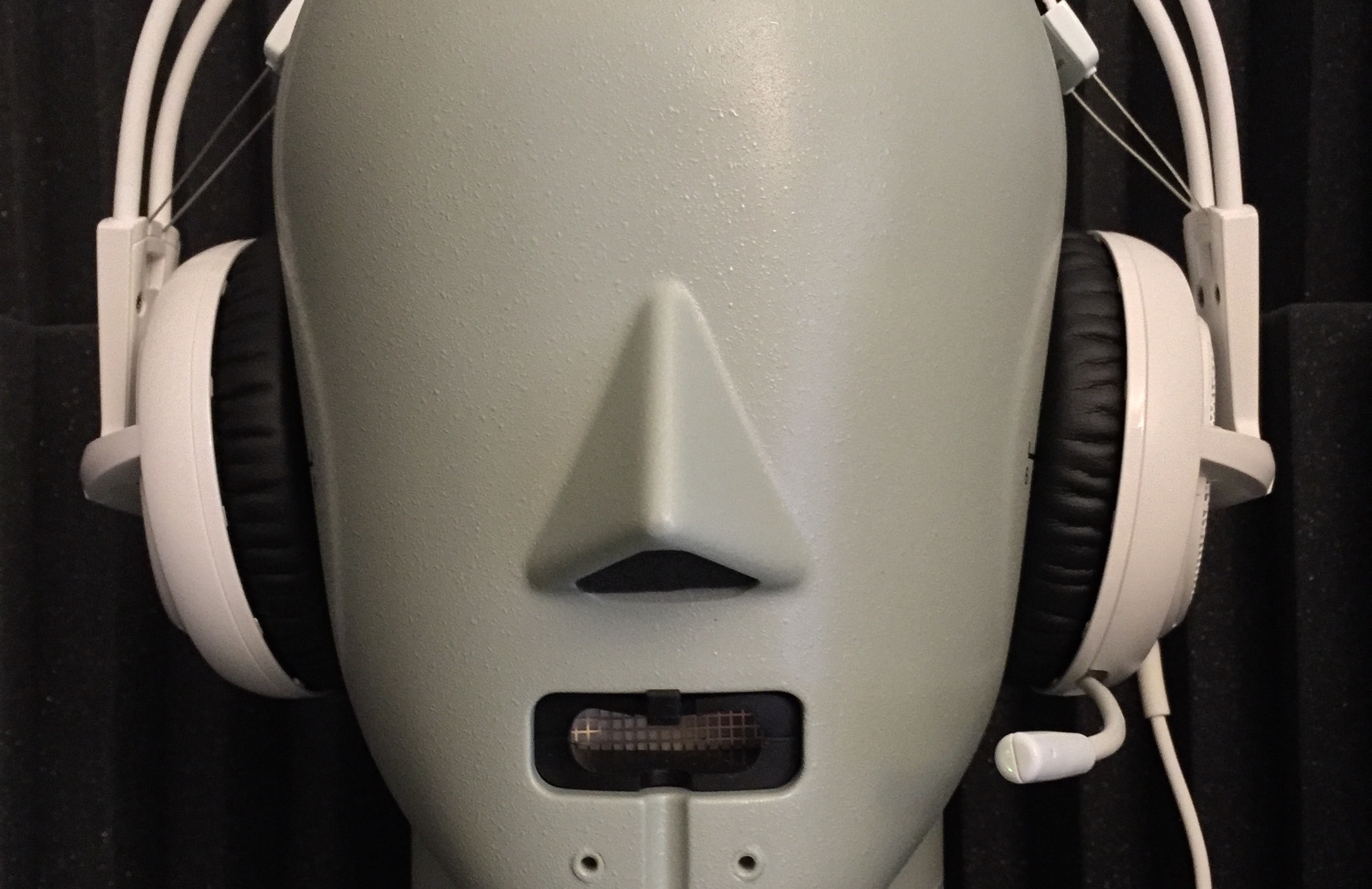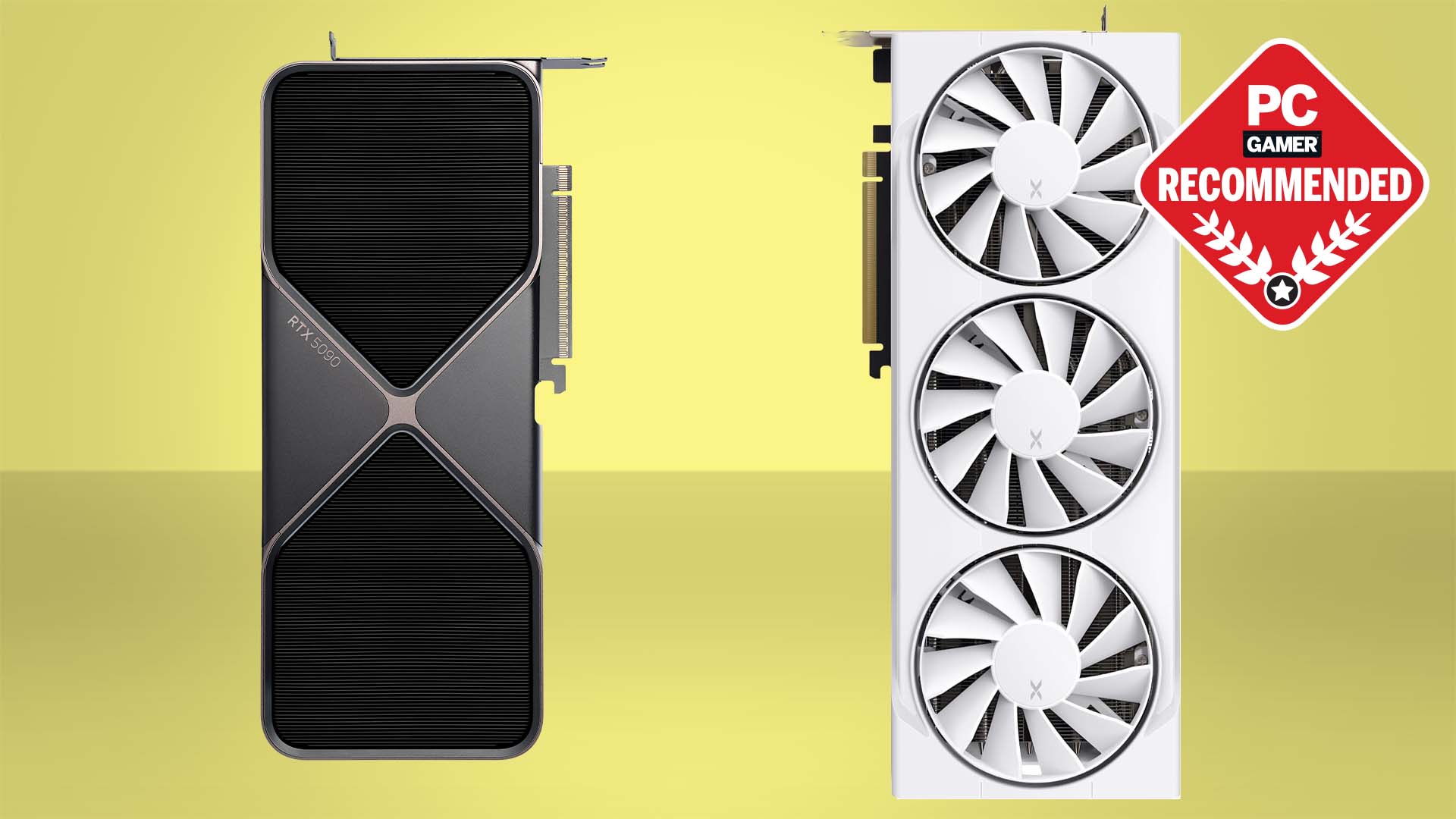We tested 23 mainstream gaming headsets to find the best
Buying Guides
By
Tuan Nguyen
published
There are a few stars and there are some you should avoid.

The biggest gaming news, reviews and hardware deals
Keep up to date with the most important stories and the best deals, as picked by the PC Gamer team.
Tuan is the Editor-in-Chief of Maximum PC, and loves all things tech. He's been building PCs and ruffling feathers in the industry for 20 years, and isn't afraid to call out bad products and services. In fact, it's very common to hear the words "this is shit" escape his lips. If you want to know if something is "Kick-Ass" or not, email or tweet him.


